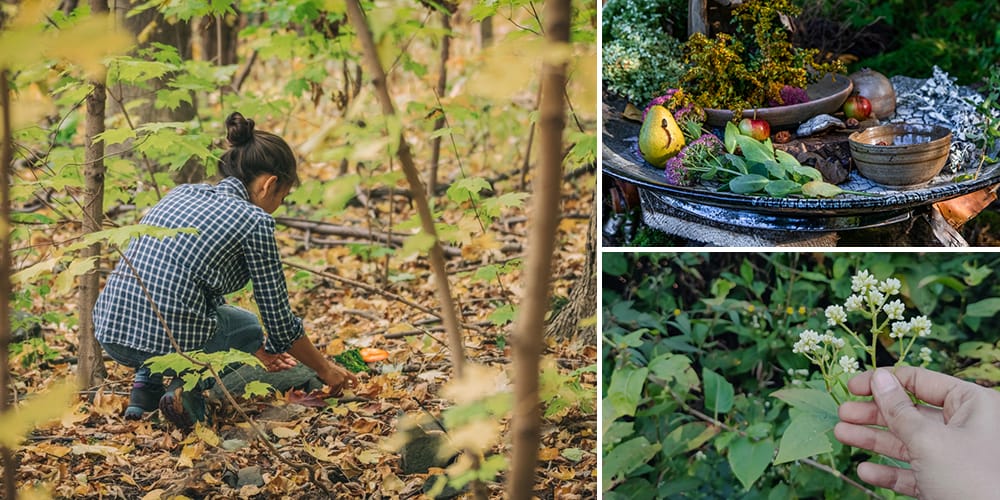
The Only Thing You Should Forage This Season
April showers are upon us. The sky, depending on where you’re at in the world, is a bit gray and gloomy. That doesn’t mean you should stay inside.
Go outside, pop on those rain boots, and pull your raincoat on to go forage these amazing plants.
Alabama and other parts of the southeastern United States offer plenty of edible plants and greens to forage this spring. Some of these edible plants include dandelions, cudweed, wild lettuce, chickweed, and several varieties of sorrel. Let’s dive in!
Dandelion
In the southeastern United States, particularly Alabama where I live, we forage dandelions for several reasons. Dandelions are a great source of vitamins C, A, and K. They also contain folate, vitamin E, and small quantities of certain B vitamins.
There are numerous health benefits contained in dandelions. Additionally, dandelions are stockpiled with antioxidants, vitamins, and minerals. Some of the many things dandelions are used for include: aiding digestion, increasing the appetite, liver & gallbladder detoxification, advances the immune system, aids with kidney function.
When foraging, take your time to carefully examine each plant, paying attention to its leaves, stem, flowers, and fruits. Use a field guide or identification app to confirm your findings.
Cudweed
People forage cudweed for a number of reasons, but it is not for eating! The primary ways people use cudweed is to smoke it or make tea. Another term for cudweed is “Rabbit Tobacco,” and when smoked or consumed as a tea it can treat breathing issues, particularly problems associated with colds and the lungs.
Cudweed, or Gamochaeta spp., belongs to the aster family of herbs. The Americas have approximately 50 or more species of cudweed plants.
Cudweed grows on the ground; many parts of this herb can be useful as medicine. People have used this herb to treat respiratory infections and digestive and skin issues. Additionally, throughout history, the common cudweed herb has been useful in treating the following ailments: stomach ulcers, high blood pressure, diarrhea, infections of the gut.
Sorrel
Many types of sorrel grow in Alabama and the southeastern United States. Sheep sorrel is one of these types. It contains a rich amount of Vitamin C and is thus useful for treating many infectious disorders.
The leaves of sheep sorrel are invaluable in terms of removing excessive bodily fluids from the body. Sheep sorrel behaves much like a diuretic. It aids in making the heart stronger and helping fix problems with the kidneys and urinary tract.
Sorrel is a powerhouse of nutritional benefits, containing compelling quantities of micronutrients imperative to our health. One of these nutrients includes Vitamin A, capable of maintaining healthy skin, vision, and immune system function. In addition, it contains Vitamin C, aiding the body in resisting infection.
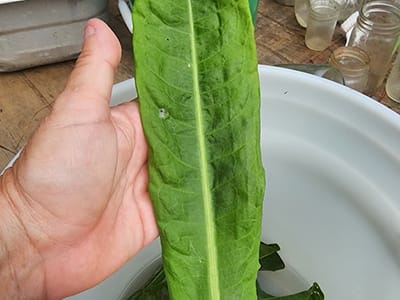
Some of the ailments sorrel has been useful at treating include: fever, blood disorders, mouth sores, sore throat, urinary tract infections, skin conditions, inflammation, excessive menstruation.
The entire sorrel plant is edible-the leaves, seed pods, flowers, and even the roots!
Sorrel leaves are commonly used in soups, salads, stews, and puddings.
It typically grows in an environment where grasses grow, except for areas with harsh winter conditions or a summer drought.
Wild Lettuce
This herb thrives along the roadside, near riverbanks, and in virtually any sunny place. It can grow to a height of six feet. Wild lettuce is recognizable by its brilliant green leaves sprouting from a stem that sometimes has purple spots. If the stem is scratched, a white, milky substance called lactucarium emits from it.
Wild lettuce possesses psychoactive properties when used. For this reason, many people use it recreationally when searching for a natural “high.” Extraction of wild lettuce sap, leaves, and seeds in combination with other natural items will relieve a range of health issues, such as: asthma, insomnia, menstrual pain, urinary infections, cough, muscle and joint pain, restlessness, anxiety, atherosclerosis, respiratory health.
Chickweed
Chickweed is commonly considered a garden and lawn pest but is edible for human consumption. Use the supple green leaves to make a salad or boil in a pot like spinach or other greens.
Besides its value as a food, chickweed is often foraged for its medicinal purposes, and is also considered a “famine food”.
People have taken chickweed for several health ailments that include: constipation, bowel or stomach issues, asthma, lung diseases, blood disorders, vitamin C deficiencies, obesity, psoriasis, muscle and joint pain, itchy skin, rabies.
Blackberry Leaves
The entire blackberry plant-leaves, flowers, and roots- are useful as food, dye, and medicine. You will often discover blackberries growing along rows of fences, pastures, and ditches. Sometimes blackberries are overlooked, which can result in their growth, becoming dense and hard to maintain.
A blackberry infusion concocted of plant leaves and roots has often been useful in treating rheumatism and diarrhea. Additionally, an infusion of blackberry leaves and roots was used as an outside wash for the treatment of hemorrhoids.
Other health ailments the blackberry plant has been used to treat include: cancer, diarrhea, dysentery, colitis, whooping cough, toothache, psoriasis, anemia, sore throat, mouth ulcers, minor bleeding issues.
In addition to the above medical issues, blackberries have also been known to help the kidneys. These berries can guard and prevent damage and cell death to the kidneys. Ancient Chinese also used blackberries as medicine to advance their libido.
I foraged some fresh leaves for today’s article. I learned most of my wilderness survival skills from the Wilderness Long-Term Survival Guide, which I recommend.
Homemade Blackberry Leaf Tea
To make some homemade blackberry leaf tea, you first need to forage some fresh blackberry leaves. 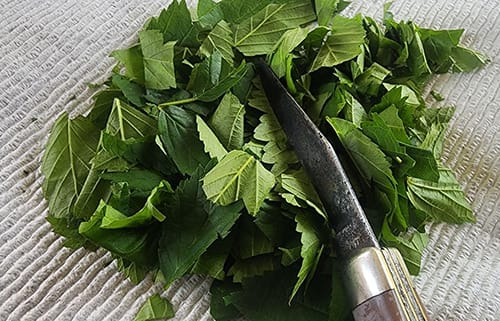
Once you have collected the leaves, bring them home and let them dry completely for a few weeks. Store them in a glass jar.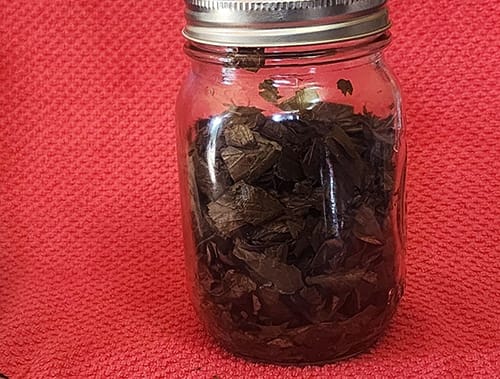
Now to make the tea:
- Scoop one heaping teaspoon of the dried leaves into an infuser or tea bag.

- Pour some boiling water into the cup.
- Allow 5 minutes for the tea to steep. Place a cover over the cup to speed up the process.

- Take the tea bag out of the cup. If desired, you can add a sweetener such as honey. Enjoy!
Since we’re discussing about blackberry, I would like to share with you a more summery recipe that you can make either with freshly foraged blackberries or store-bought organic blackberries.
DIY Blackberry Oxymel
You need:
- 3 ounces (about ½ cup) freshly foraged or organic blackberries
- ¾ cup apple cider vinegar
- ½ cup honey
Steps:
- Put the blackberries into the jar you are using to make the Oxymel. Crush the berries lightly.
- Pour the apple cider vinegar over the blackberry mixture. Ensure to submerge the berries, leaving a minimum of ¼ inch of space from the top rim of the jar.

- Screw a lid onto the mason jar to ensure a tight fit and store the mixture for about two-four weeks in a dark area.
- Use a cheesecloth or a coffee filter to strain the mixture.

- Stir the honey into the mixture once it’s finalized. Store it in the refrigerator for as long as one year.

How to Use
Make a refreshing beverage by diluting it with a little carbonated water. It can also be used as a base for sauces, salad dressing, or marinade. For sore throats, use 2-3 tablespoons three times daily for 10 days.

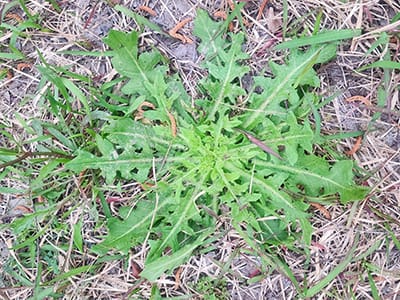
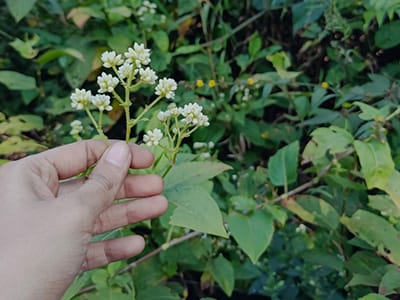
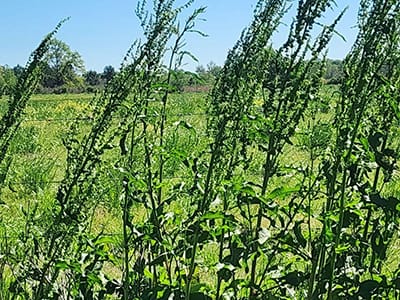
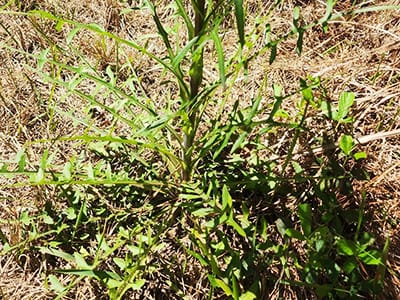
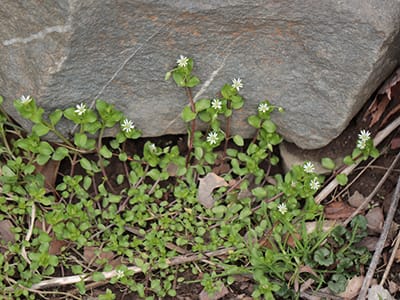
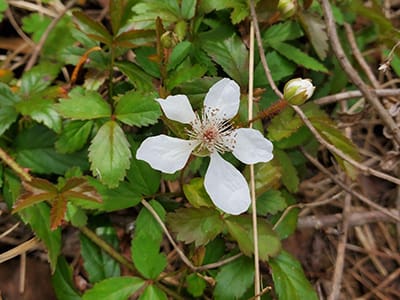
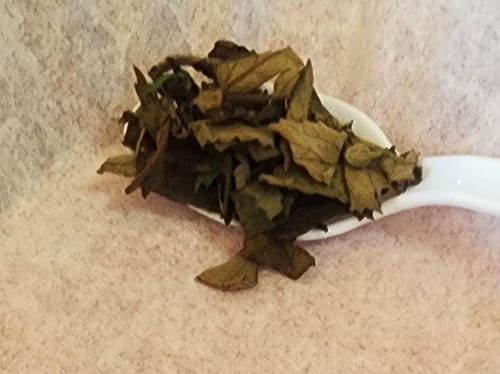
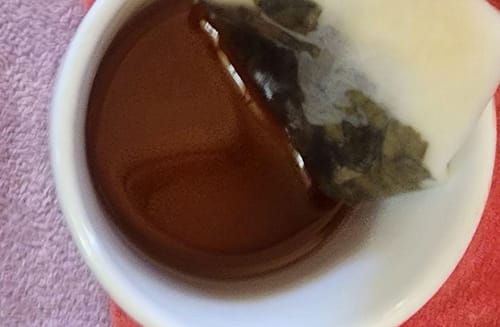
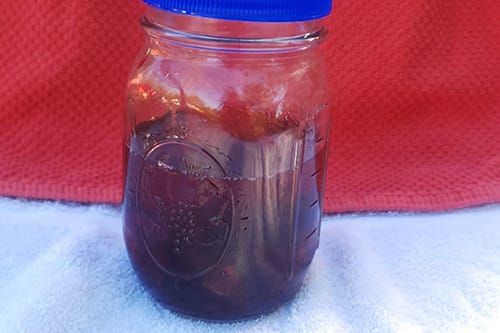
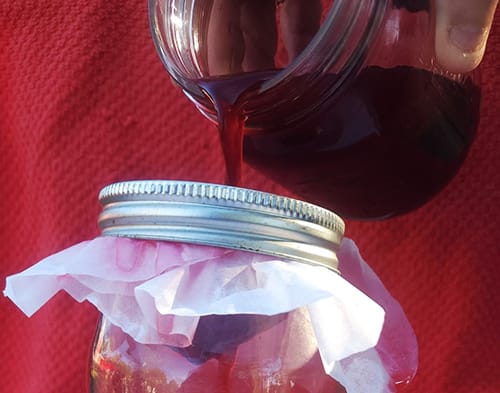
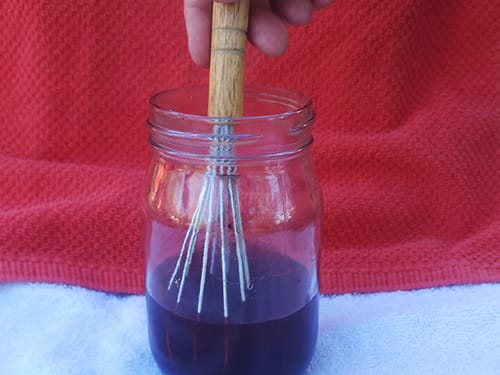
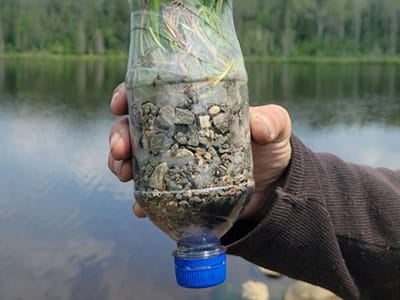
I live in Kentucky do any of these plants grow here ?
They should because they grow in Indiana, except maybe the cudweed.
I live in sw KY. There is only one of the mentioned plants for which I have no personal experience here: sorrel. It is probably hete, I just have no personal experience. Go for a walk in a meadow or trail in the woods…
I’m sure the blueberry statement was either a typo or autocorrect stepping in. You are welcome to ignore the information if it upsets you when there is an error. Nicole is good about fixing mistakes when they are pointed out to her. She has far more knowledge of plants and their uses than anyone else I’ve seen.
Be real, obviously “blueberry “instead of “black” was a typo or auto correct. Sloppy, but the photo is also obviously blackberry leaves.
I want to buy 3 but that is not an option on the provided link. I’ll find you on FB and see if I can make that happen though a link there. I’d also like to become an affiliate marketer for you. Find me at Willow In The Wood on Facebook.